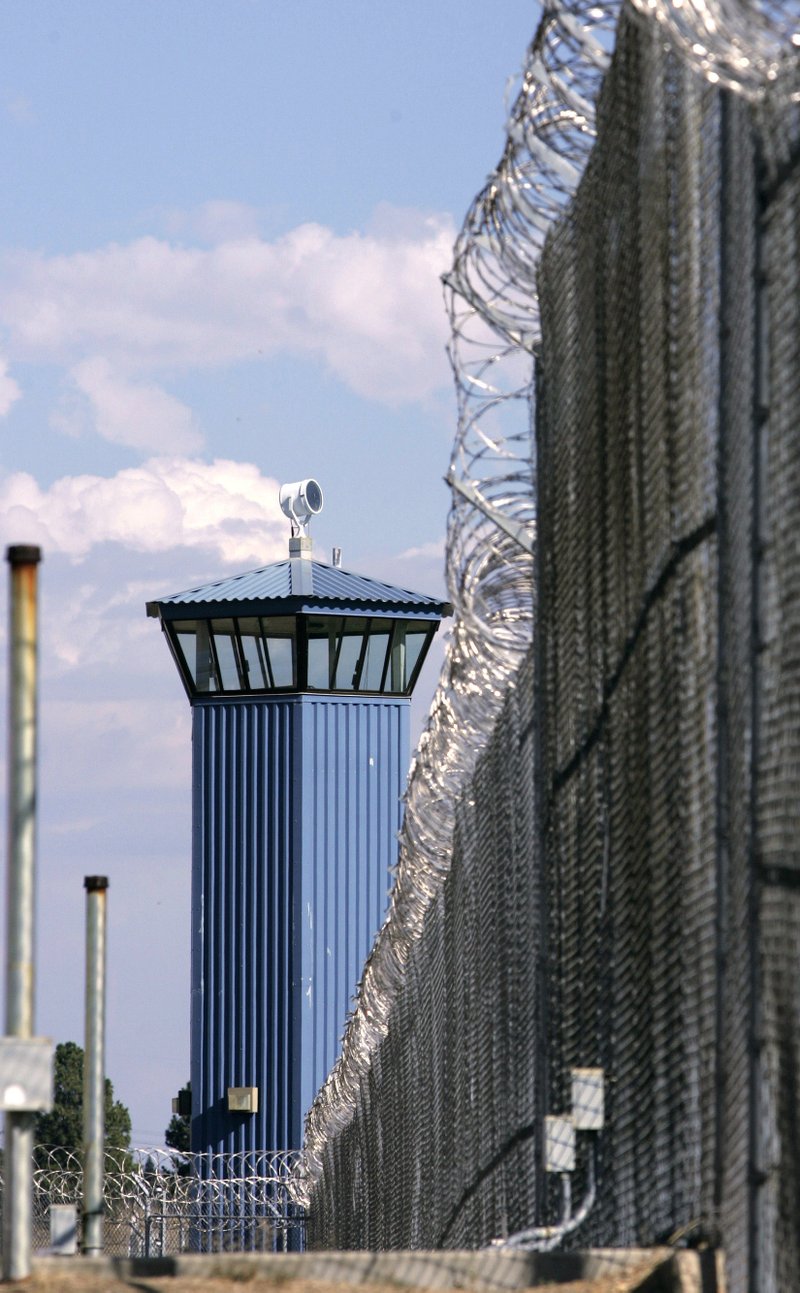SACRAMENTO, Calif. -- California's efforts to ease its use of solitary confinement are clashing with reality after an inmate who spent decades alone in a tiny cell was sent back to the general prison population and killed by fellow inmates within days.
Hugo "Yogi" Pinell's repeated assaults on guards landed him in solitary confinement beginning in the early 1970s, making him one of the longest-serving solitary confinement inmates in the nation, said Keramet Reiter, a professor of criminology at University of California, Irvine, who studies the issue.
Pinell's involvement in a 1971 escape attempt at San Quentin State Prison that left six dead, including three guards, also helped spur the creation of super-maximum prisons like Pelican Bay State Prison, designed to isolate the most incorrigible and dangerous criminals and gang leaders, Reiter said.
More recently, the 45 years Pinell spent alone helped drive the national debate over the isolation of prisoners.
Pinell's life behind bars traced the rise of extreme isolation as a prison-management tool from its start to its recent decline, she said.
The 71-year-old's death Wednesday in an exercise yard comes as California is trying to settle a federal lawsuit filed in 2009 by two killers who, like Pinell, served time in the notorious Pelican Bay security housing unit on California's North Coast.
"When somebody in those circumstances gets out and they're killed within two weeks on the yard, that's just a real blow, symbolically," said Carol Strickman, a staff attorney for Legal Services for Prisoners with Children who is involved in the settlement talks. Other transfers of prisoners from isolation to the general population have gone relatively smoothly, she said, calling for an independent investigation of Pinell's death.
Pinell was released from segregation because he had no recent gang-related behavior, corrections department spokesman Terry Thornton said in an email.
His last rules violation was in October for refusing an order. It was his first violation since 1978, when he was twice found to have been involved in inmate disturbances.
Asked if Pinell's death might affect the department's efforts to lower the number of inmates held in isolation, Thornton said it would depend on the outcome of an investigation.
The inmates' lawsuit says isolating prisoners in 80-square-foot, soundproof, windowless cells for all but about 90 minutes each day amounts to cruel and unusual punishment. More than 3,000 inmates are in such units statewide, about half of them in solitary confinement.
No other state has kept so many inmates segregated for so long, according to the Center for Constitutional Rights, which has represented inmates since 2012. By August 2011, 128 inmates had been isolated for more than 20 years and 723 inmates for more than a decade.
But the numbers have fallen dramatically over the last four years as the state released nearly 1,000 inmates, including Pinell, back into the general population.
By late July, the number of inmates who had spent more than two decades in segregation units had fallen to 28. The number who had been isolated for more than 10 years had declined to 34. The number of inmates in segregation at Pelican Bay and three other state prisons dipped from 4,153 in January 2012 to 3,066 by late last month.
Prison officials are reviewing every inmate to see who can be transferred out of the isolation units.
Pinell's attorney, Keith Wattley, said prison officials should have known his client was in danger because he had been threatened and attacked repeatedly over the years, including receiving threats as recently as this year.
In 1979, a white inmate threw an improvised bomb into Pinell's cell at Folsom State Prison, and in 1984 he was stabbed by a member of a faction of his own purported prison gang, the Black Guerrilla Family. Pinell long denied any gang connection.
He was the kind of inmate who needed to be kept isolated from others, said Matthew Buechner, a corrections department special investigator who trained other corrections officials in dealing with prison gangs until he retired last fall.
"He's responsible for a lot of staff murders, and he's responsible for a lot of race issues," Buechner said.
The attack at California State Prison in Sacramento immediately sparked a riot involving about 70 inmates of the roughly 100 inmates who were in the exercise yard. Eleven prisoners were sent to outside hospitals, corrections officials said. Three remained hospitalized Friday.
The most dangerous inmates may need to be isolated, Reiter said, but the number is small and the period could be far shorter than the "extreme and in most cases unreasonable" system that evolved since Pinell was incarcerated.
"I think the state has made huge strides in evaluating the people who have been in solitary confinement for a long time," Reiter said, adding that the state needs to be more public in how it administers solitary confinement.
A Section on 08/15/2015
